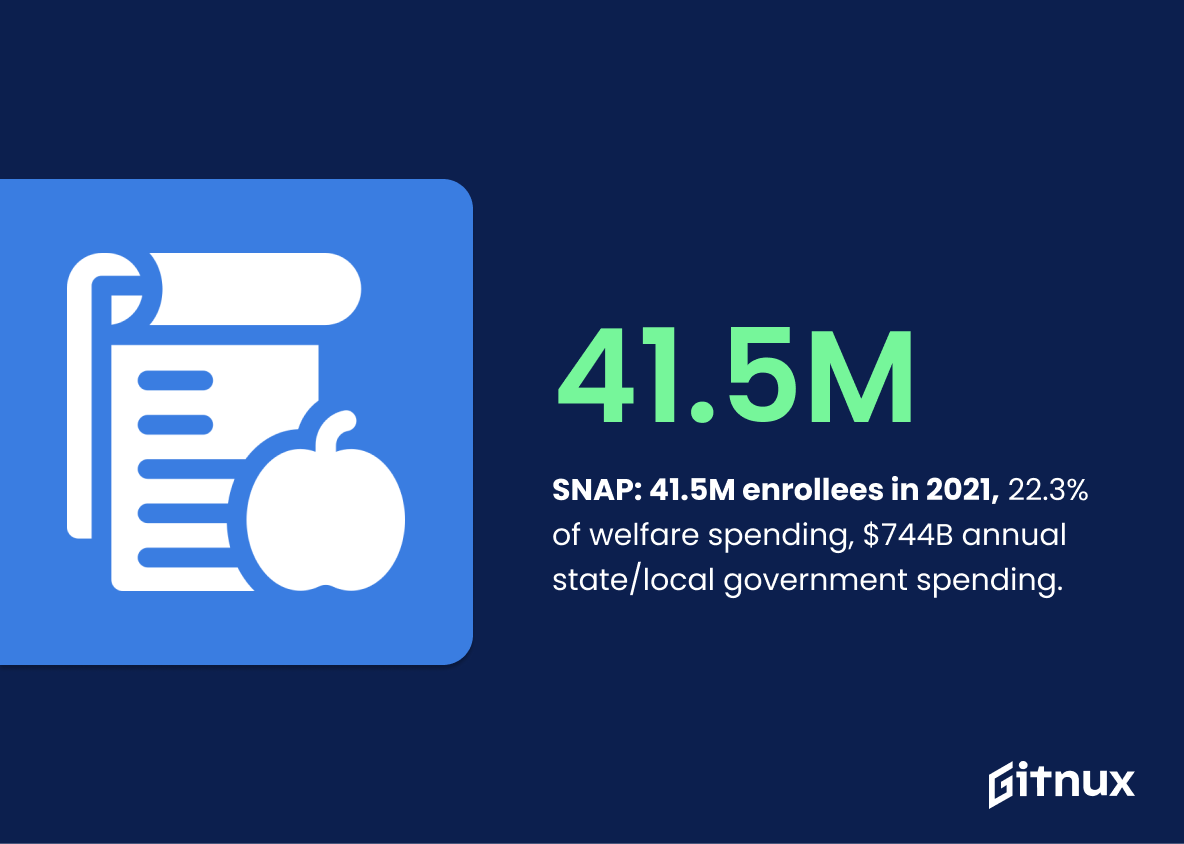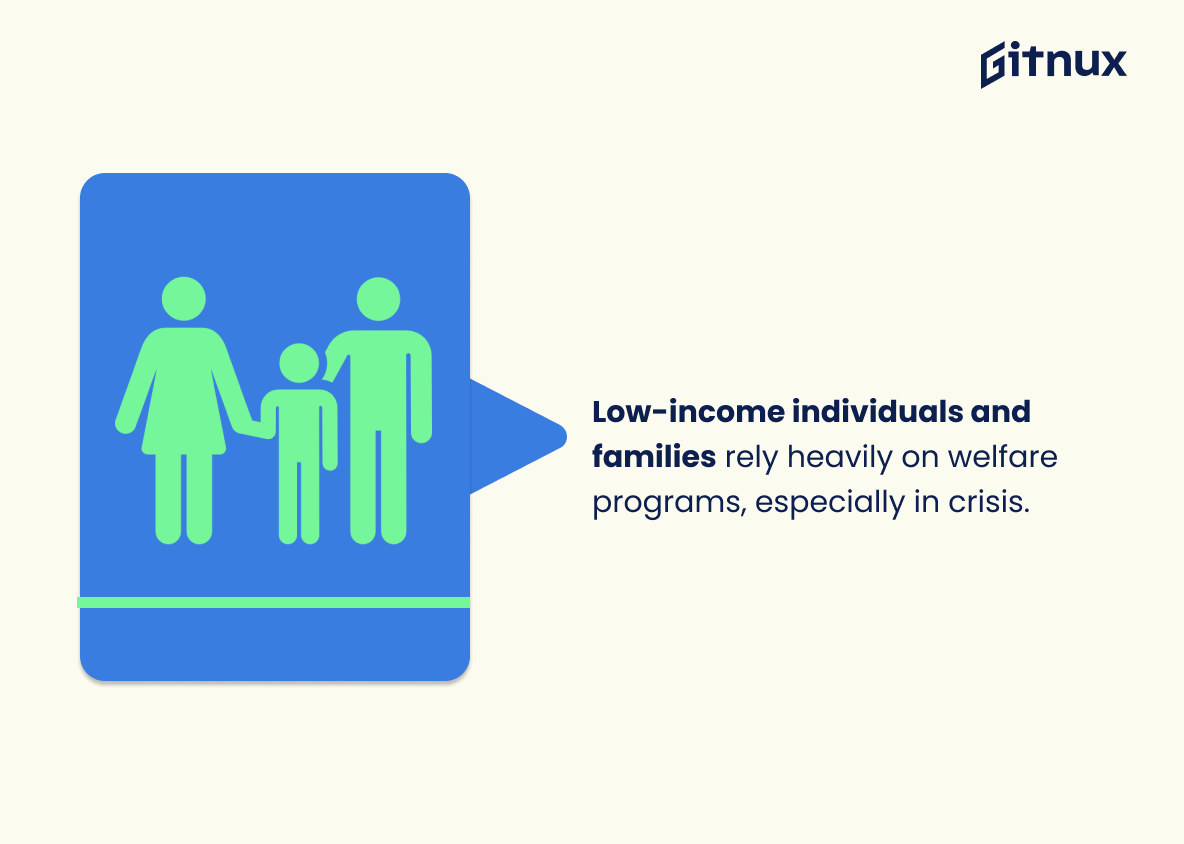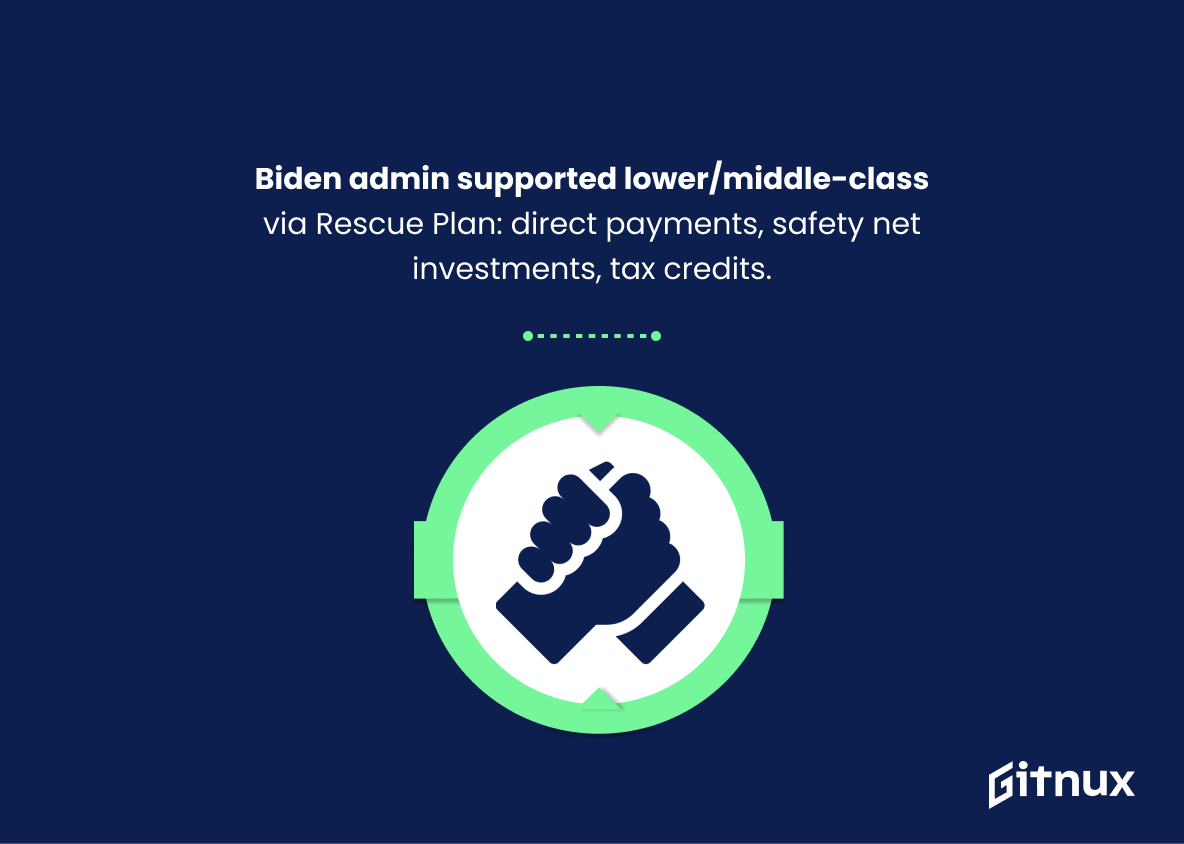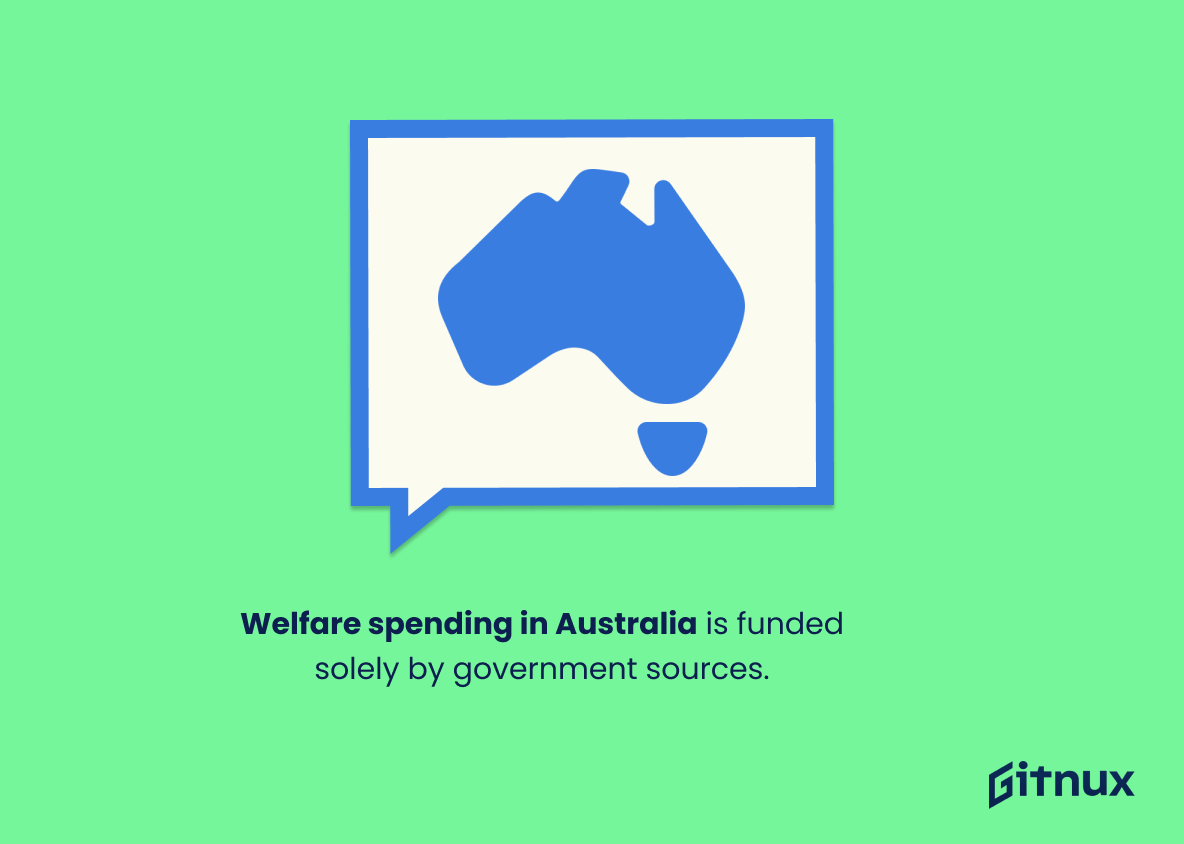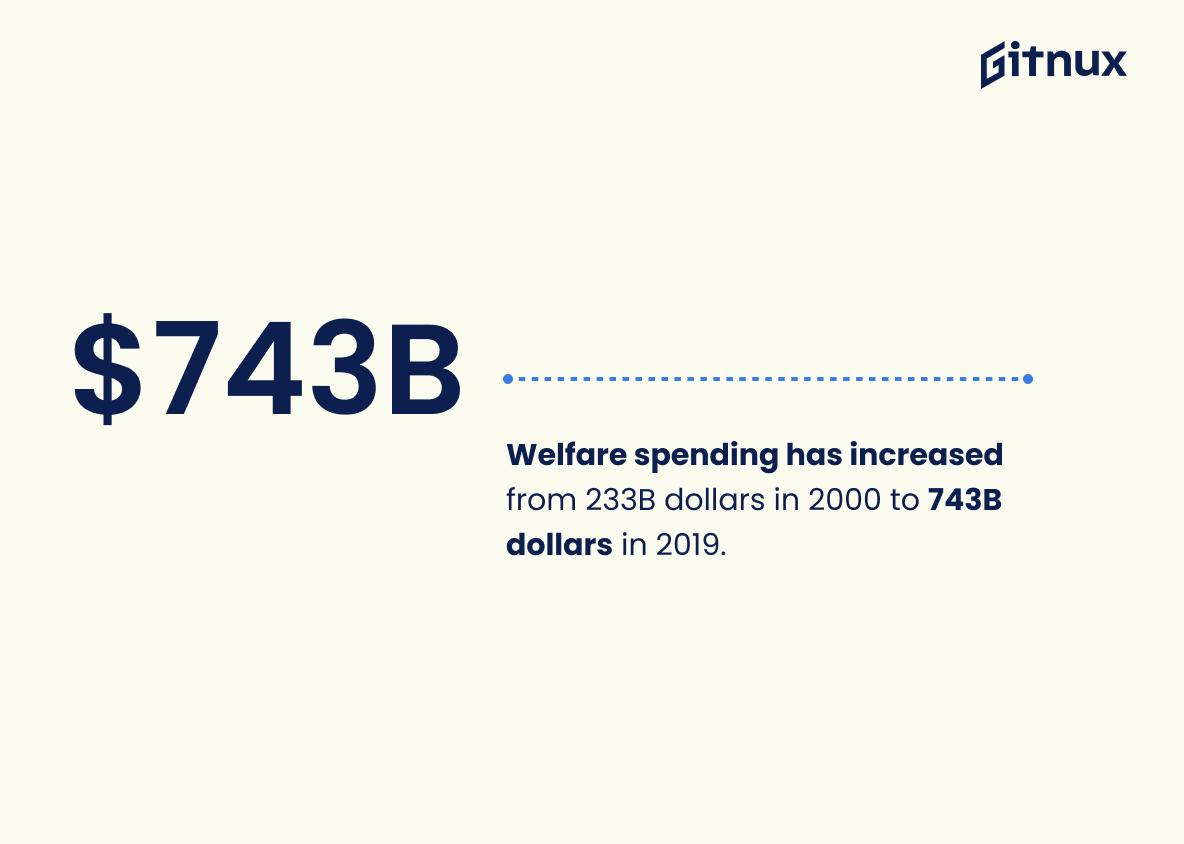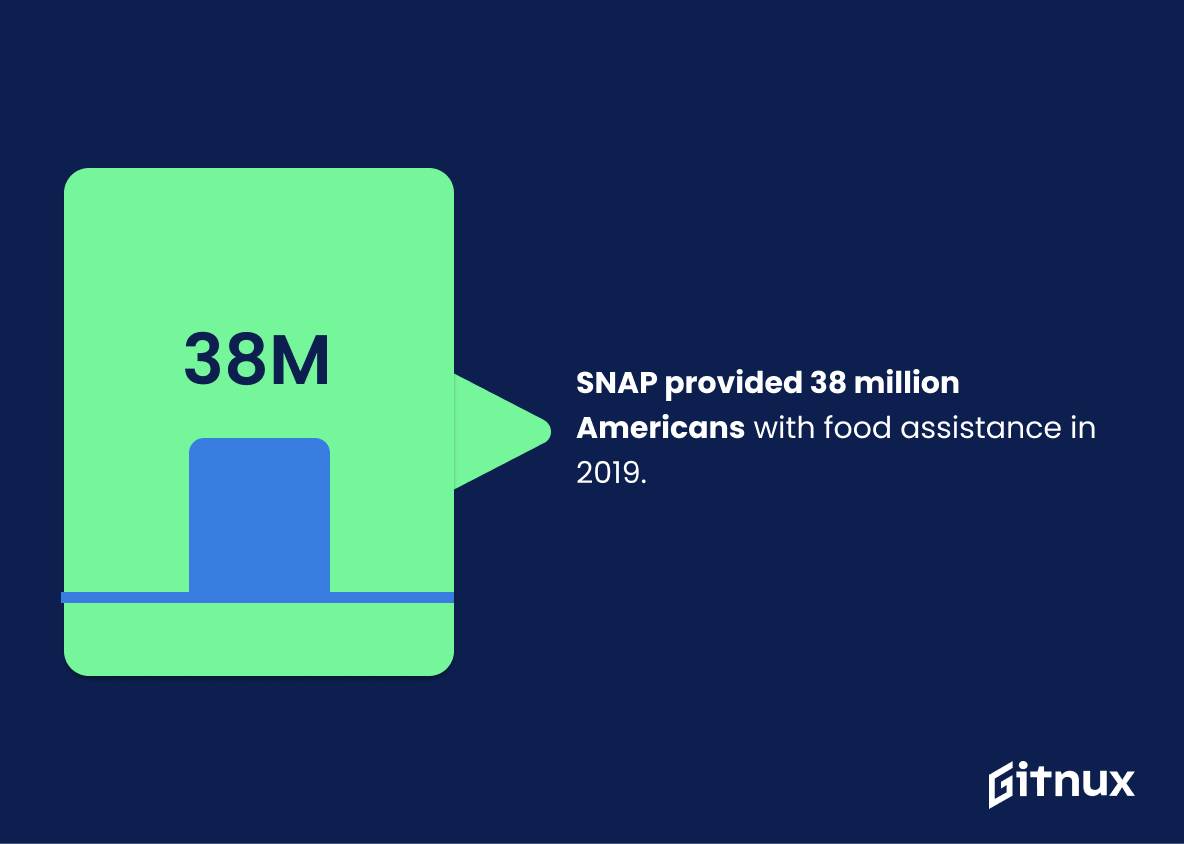The welfare system in the United States has been a hot topic of debate for years, with many people wondering what the current state of the system is. In this article, we’ll take a look at the latest welfare statistics for the United States and discuss what they mean for the future of the welfare system.
We’ll also explore how the current welfare system affects different groups of people, and what steps can be taken to improve the system. Finally, we’ll look at some of the most successful welfare programs in the country and how they can be used as models for other states.
America’s Welfare: Most Important Statistics
Estimated welfare spending in 2022 will account for 22% of the federal budget.
State and local governments are spending over $637 billion on public welfare programs such as Old Age Assistance and Temporary Assistance for Needy Families.
America’s Welfare Statistics: Statistics Overview
The Supplemental Nutrition Assistance Program (SNAP) had 41.5 million Americans enrolled in 2021, with 22.3% of general expenditures spent on public welfare programs and $744 billion spent by state and local governments annually.
This is important to understand the impact of welfare programs on the American economy.
The U.S. Census Bureau has released an interactive data tool that shows the demographics and socioeconomic characteristics of those who received social safety net benefits from 2013 to 2019.
This statistic is important because it provides insight into the individuals and households who rely on social safety net programs, which are essential for millions of Americans.
This data can help inform policy makers and social service providers on how to best serve those in need.
Estimated welfare spending in 2022 will account for 22% of the federal budget.
This matters because it shows the importance of welfare programs in providing financial support for those in difficult situations.
It also highlights the amount of resources the government is dedicating to helping those in need.
Low-income individuals and families rely heavily on welfare programs, especially in times of crisis, such as the coronavirus pandemic.
This matters in the context of American welfare statistics because it highlights the importance of government assistance programs for those who are struggling financially, especially during times of economic hardship.
It also shows the need for continued support and investment in these programs to ensure that those who need help are able to access it.
The Biden Administration has provided economic support to lower and middle-class Americans through the American Rescue Plan, including direct payments, investments into safety net programs, and tax credits.
This matters in the context of American Welfare Statistics because it demonstrates the Biden Administration’s commitment to providing economic support to those who need it most.
This can help to reduce poverty and inequality in the US, and can help to improve the overall welfare of Americans.
State and local governments are spending over $637 billion on public welfare programs such as Old Age Assistance and Temporary Assistance for Needy Families.
This shows the amount of money being put into welfare programs to help those in need, especially in areas with a high cost of living.
Welfare spending in Australia is funded solely by government sources and is not available from non-government sources.
The availability of welfare services is largely dependent on government funding, which can be used to inform policy decisions in the US.
Additionally, it highlights the importance of government funding for welfare services, which can be used to advocate for increased funding for welfare services in the US.
Benefit, supplementary and hardship trends over the past five years should be compared between the same quarter 12 months apart, rather than consecutive quarters, due to seasonal changes.
This matters because it provides a more accurate representation of the number of people receiving benefits, as seasonal changes can affect the number of people receiving benefits in consecutive quarters.
This information is important to understand the welfare situation in the US.
Welfare spending has increased from 233 billion dollars in 2000 to 743 billion dollars in 2019, almost tripling over the last two decades.
More Americans are relying on welfare plans to ease the financial strain on their wallets, which suggests that more people are in need of financial assistance.
SNAP provided 38 million Americans with food assistance in 2019, demonstrating its importance in providing relief from hunger and strengthening the economy.
This highlights the importance of government-funded programs in providing relief to those in need and stimulating the economy.
It also shows the scale of the problem of hunger in the US and the need for continued investment in anti-hunger programs.
Conclusion
In conclusion, the welfare statistics for Americans are a complex and ever-changing picture. While the overall poverty rate has decreased in recent years, there are still many Americans living in poverty, and the number of people receiving government assistance has increased.
The data also reveals that certain groups, such as women, children, and people of color, are more likely to be living in poverty and receiving government assistance.
It is important to continue to monitor the welfare statistics of Americans to ensure that all citizens have access to the resources they need to lead healthy and successful lives.
References
1 – https://balancingeverything.com/welfare-statistics/
2 – https://www.census.gov/library/stories/2022/05/who-is-receiving-social-safety-net-benefits.html
3 – https://www.lexingtonlaw.com/blog/finance/welfare-statistics.html
4 – https://review42.com/resources/welfare-statistics/
5 – https://commodity.com/blog/us-states-welfare/
6 – https://finance.yahoo.com/news/10-states-spend-most-least-090000541.html
7 – https://www.aihw.gov.au/reports/australias-welfare/welfare-expenditure
8 – https://www.msd.govt.nz/about-msd-and-our-work/publications-resources/statistics/benefit/index.html
9 – https://www.marca.com/en/lifestyle/us-news/personal-finance/2022/11/21/637b4378268e3e5a228b4580.html
10 – https://www.cbpp.org/research/food-assistance/a-closer-look-at-who-benefits-from-snap-state-by-state-fact-sheets#Alabama
